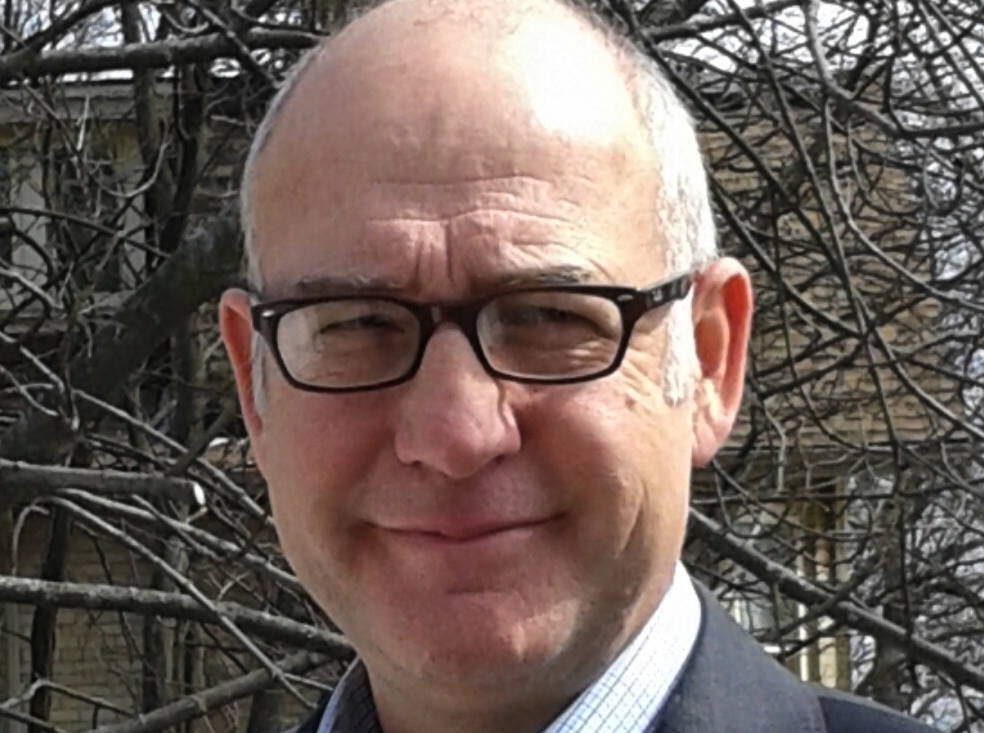- Home
- About Us
- The Team / Contact Us
- Books and Resources
- Privacy Policy
- Nonprofit Employer of Choice Award

 In legacy giving, as with any other nonprofit campaign, you want to create a case for support that elevates your organization above your competitors while engaging donors who wish to create a gift as a legacy to the future.
In legacy giving, as with any other nonprofit campaign, you want to create a case for support that elevates your organization above your competitors while engaging donors who wish to create a gift as a legacy to the future.
In a recent article, I discussed three areas of research needed to begin the process:
1. Leadership—A commitment from the organization’s current leadership on a vision for the future.
2. Program Staff—Seek out their knowledge and insight on how you will carry out that future vision.
3. Donors (who have created their future gift)—Their stories will tell you more about your organization then you could possibly hope. Note: When donors tell you why they support you, and their reasons don’t align with institutional messaging, we may assume they don’t understand what we do. That conclusion needs to be challenged.
Once you have the initial research gathered, it’s time to think about your audience. Who are they and what are you trying to convey to them?
You have a unique role in our society. Your supporters—and others in your community—share the values of your organization and align with your mission (whether they can articulate it or not). They support the direct impact your organization has on the lives of those you serve. That is what donors wish to support.
The next step is to begin to construct a narrative that can be used to engage and inspire this support. This story is your unique “why” and it is the reason donors will choose to support you. Two things to remember: First, this is a narrative not a document. These are often confused. Can we create a document from the narrative? Of course. But that document represents a single channel for speaking with donors. There will be others, for example, your website. The second thing to remember is that the “narrative” must become the way you speak with donors about a planned gift.
Begin by finding a theme that connects the past, present and future “why” of your organization. Is it the advancement of knowledge through research? Is it delivery of services to the most vulnerable? Or, is it the delivery of medical care to the community? Continuity is key.
Once the theme is agreed to, it may help to look to the past when starting to compose the narrative.
Yes, the past.
How did you get here, and who were the donors that made that possible? Review your past successes and accomplishments. This is important as it relates to the foundation of the organization—its fundamental success, and the years (decades?) of hard work your supporters have helped to fund. Show that success. It builds trust in your organization.
Then, talk about today.
What is going on at the organization (right now) and how is it making lives, communities, or the world better. Again, speak about your donors. They are your partners—let them know that they matter.
And then, focus on the challenge for the future.
How will the need you’re meeting grow or change, and what needs to be done by your organization to succeed in that challenge? Will services need to expand? How will programs need to change? What level of support will you need? This must be clearly articulated, so that donors can understand the future need.
Finally, ensure that donors understand that the only reason your organization can be successful is their continued—or perhaps first time—support pledged to meet future need. This is your “why” that is unique to your organization, and is directly related to impact. I will repeat, and repeat again, the one advantage that charities need to lean into is their level of direct impact on a cause. That is the strength of all charities. It has to be central to the message.
Next: Now that the “why” is established, it’s time to get your message out. Look for the process of donor cultivation in an upcoming issue.
Ed Sluga, CFRE is one of Canada’s most experienced planned giving professionals and is also co-founder of PGgrowth. Ed is a noted speaker, the co-author with Peter Barrow of Worthy and Prepared, host of the PGgrowth Planned Giving Podcast, Professor of Major Giving and Planned Giving with the Humber College Fundraising Management Program and a regular presenter of the AFP Fundraising Fundamentals Course. ed@pggrowth.com